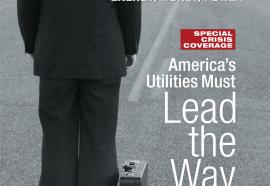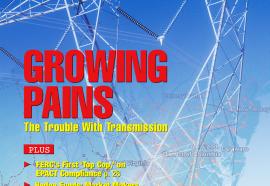Fostering Smart Grid Evolution
A deliberate approach to infrastructure advancement.
The electric power system has been getting smarter for decades, as new technologies allow better analysis and greater control. But most utilities have implemented these technologies in a piecemeal way, rather than as part of a long-term, enterprise-scale strategy. What are the consequences of this fragmented and incidental approach, and what would happen if we developed the smart grid in a deliberate way instead?








